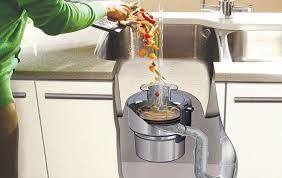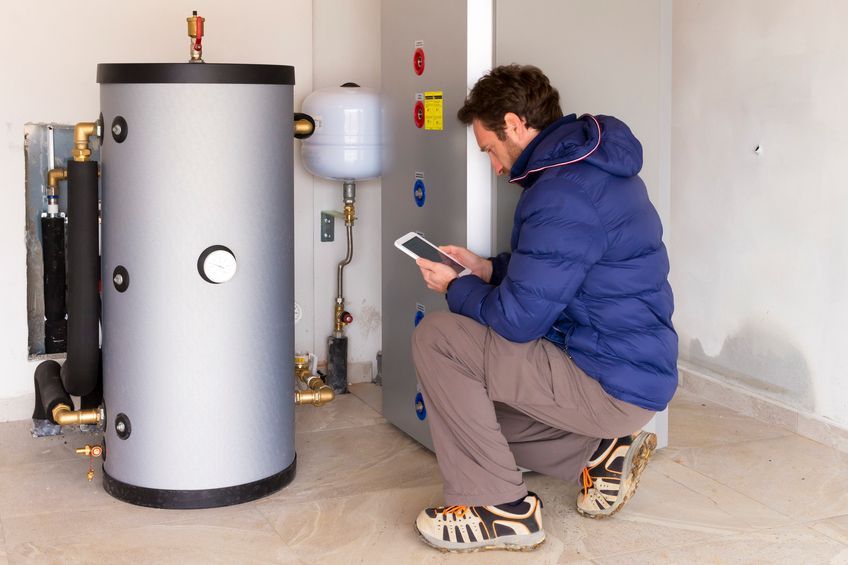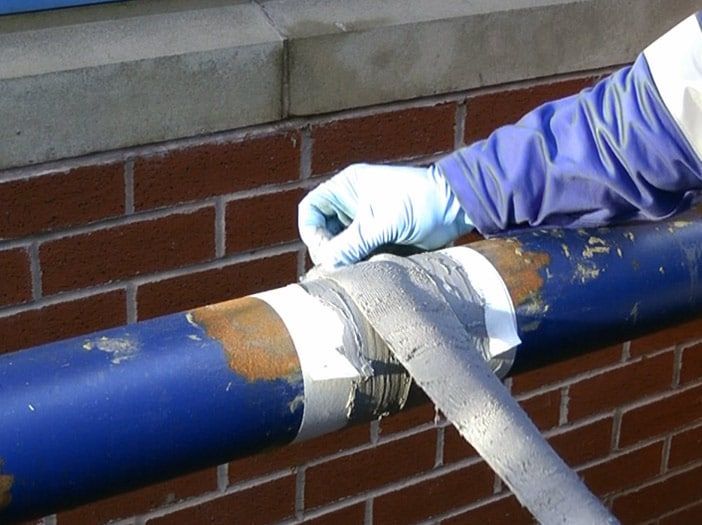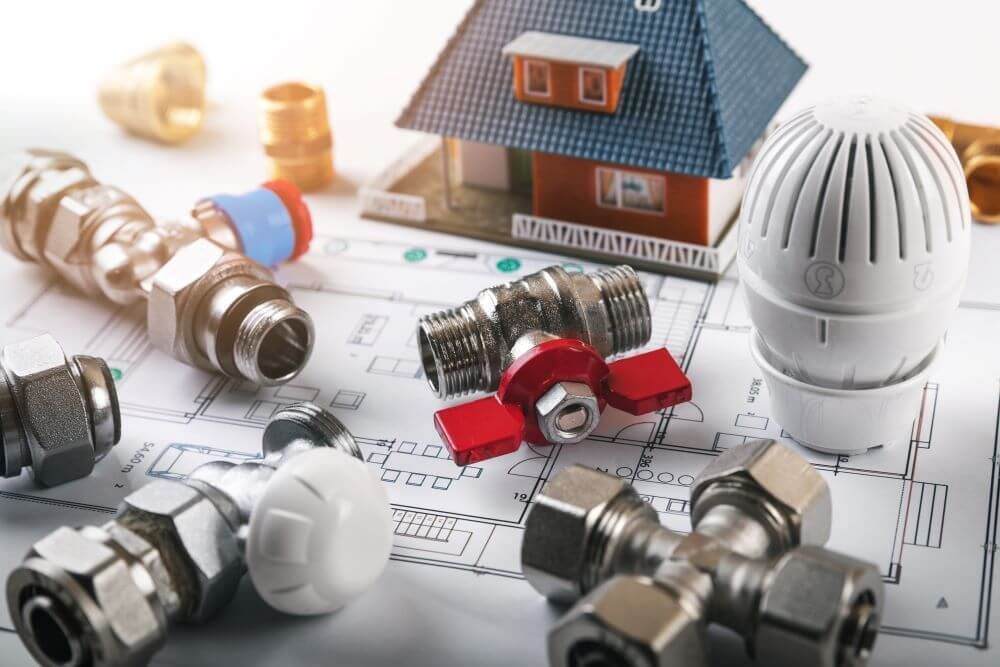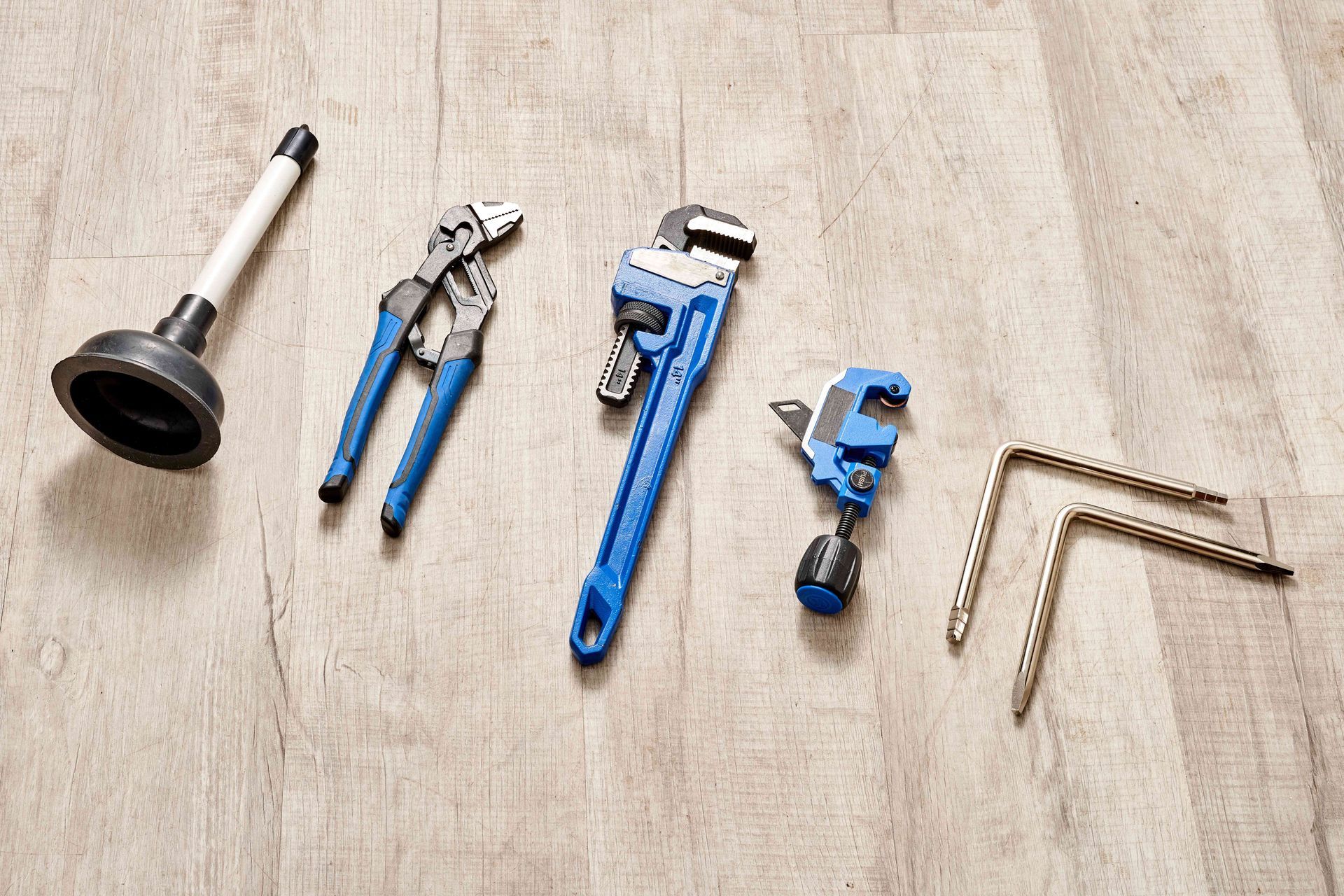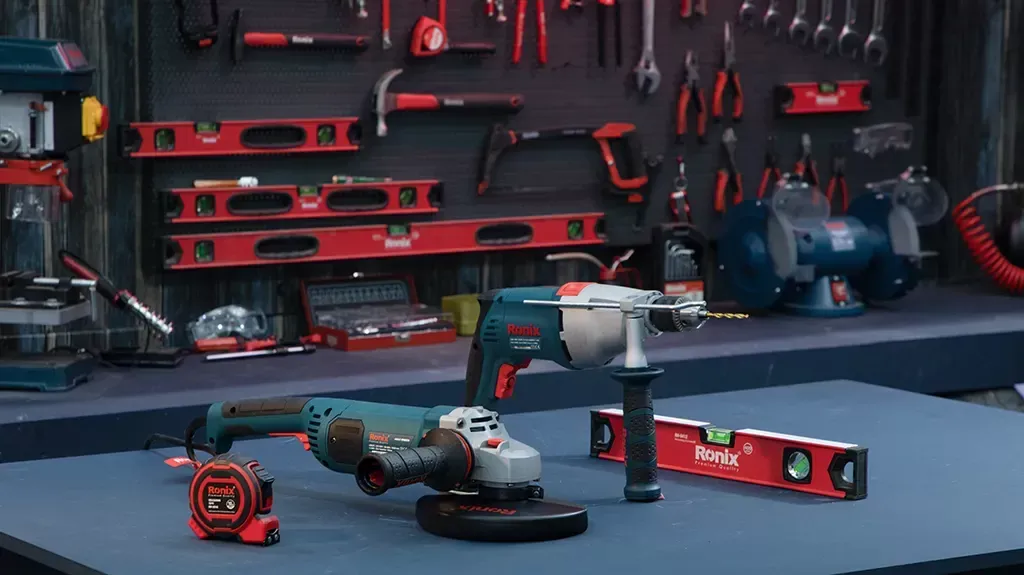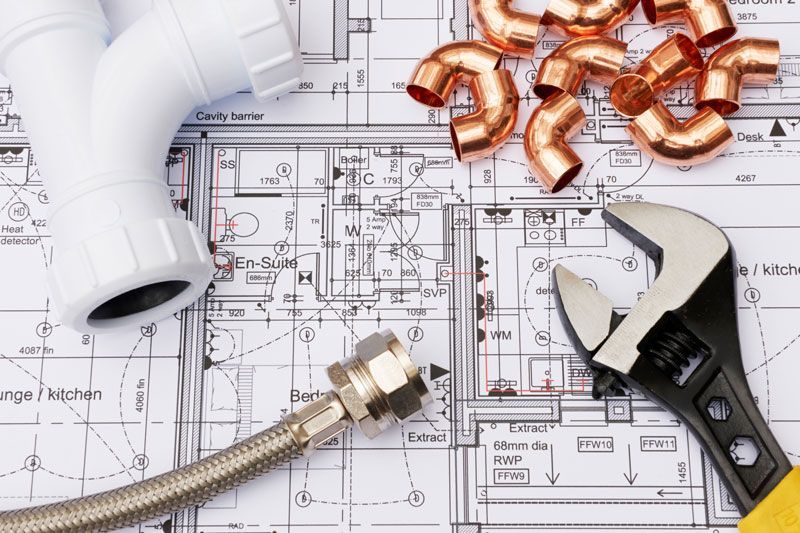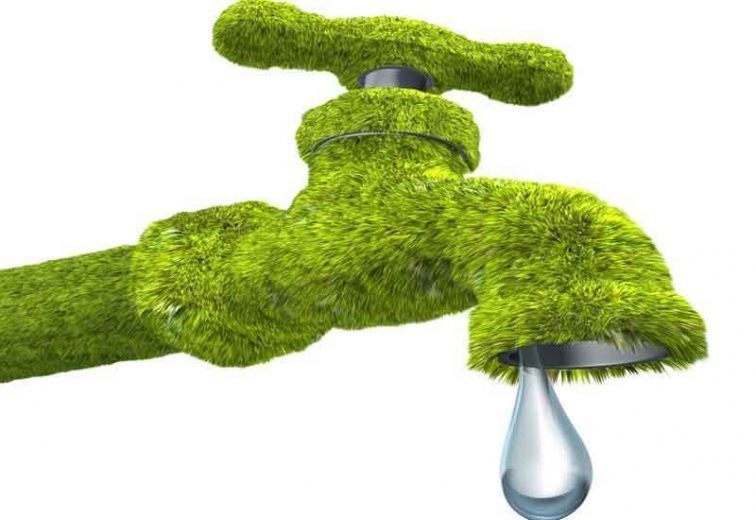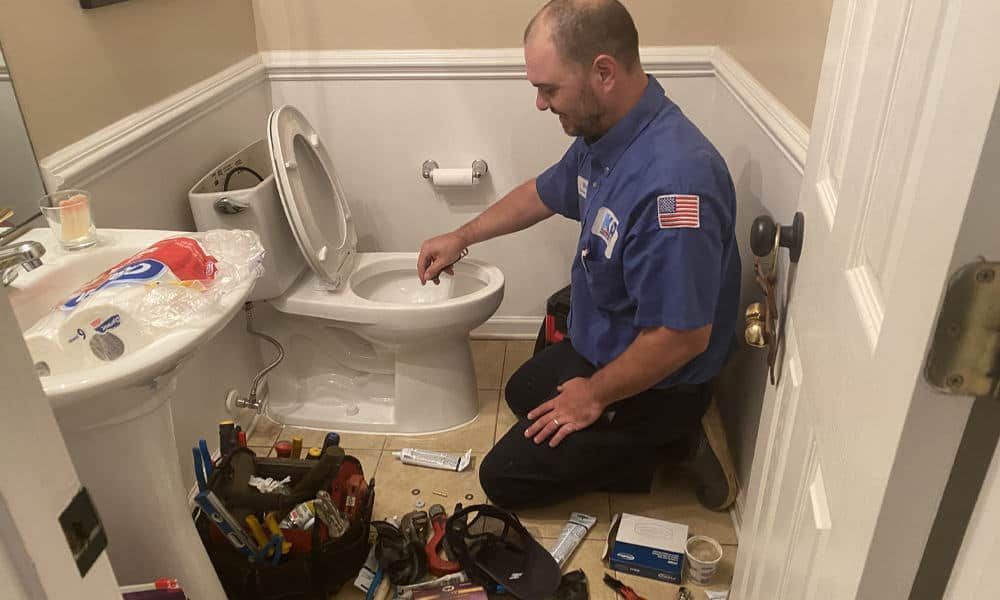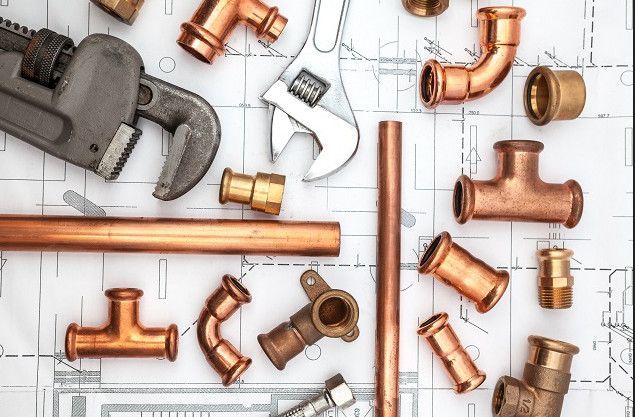What Causes Too Much Pressure In A Hot Water Heater?
What Causes Too Much Pressure In A Hot Water Heater?
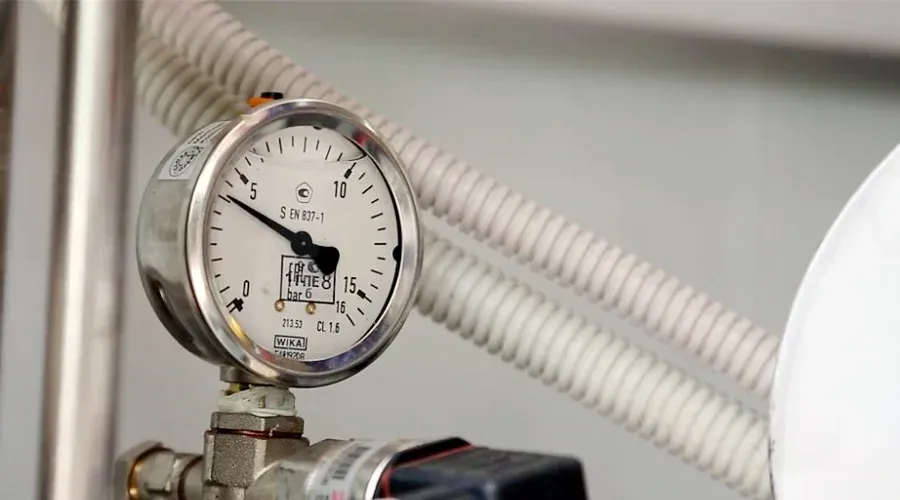
The T&P valve may have released pressure from your tank if you see a tiny pool of liquid next to your water heater. But why does a water warmer build up a lot of pressure in the first place? Water expands as it warms, raising the pressure inside the tank.
The safety features designed to keep your water heaters from causing harm or, worse yet, turning into a bomb will be discussed in this article along with the reasons why it might build up to a dangerous level of pressure. If you have any problems with your water heater
How To Know If There’s Too Much Pressure In Hot Water Heater
You can learn a great deal about your home’s hot water heater pressure by using an accurate pressure gauge, which we’ll talk about later. On the other side, your house will give you hints and signals that it’s time to have a proper evaluation.
- Check the water taps
You may tell if your home has increased water pressure by looking at the faucets. If faucet aerators and washers are frequently exposed to high liquid pressure, they will break down quickly. Leaking faucets are the main thing to look for, especially if they leak when another object, like your showerhead, is turned on.
A tap may burst or sputter when you turn it on for the first time. As an alternative, you might notice more water flowing out of your tap when it is fully turned on than usual.
- Inspect the water pipes
If you have heard your pipes pop, it could be a sign of low water pressure in your heater. A water hammer occurs whenever a fast, powerful liquid flow stops. When you experience high water pressure, instantly turn off a faucet since it will cause your pipes to burst like a freight train. We might occasionally forget about water because it is such a strong natural force. It might be interesting for you to learn when to replace your pipes.
- Keep an eye on your appliances
Your water heater’s appliance may notify you to pressure problems in several ways. The more obvious thing to watch out for is leaks. Washing machines and dryers, heating systems, and automatic dishwashers can all start to leak if exposed to high water pressures for an extended period.
They could leak in any way or not. They just lose their effectiveness with time and need to be replaced far sooner than they should.
You might have had significantly less time with an item than you anticipated because of damage brought on by high water pressure. The best place to start is to walk about the apartment turning on taps and listening for pounding liquid, but if you want to figure out what’s wrong with your plumbing, you’ll need some tools.
What Causes a Water Heater to Build an Excessive Pressure?
The force inside the water heater tank increases as a result of the expansion and space-filling nature of the hotted liquid. Thermal expansion is what is passing.
The warmer can have the same problem. When cold water in 50 liters warmer is hotted, there will be an expansion to at least 52 gallons, because of thermal expansion. The extra 2 liters will increase the press inside the warmer.
Because there is no room for the extra liter, the force inside the warmer grows as the temperature increases. This will lead to unpleasant power levels, and possibly the force resident in the heater could cause problems in your apartment, though the warmer’s safety systems are generally there to stop by and forestall an issue if anything goes wrong.
Why Is My Water Heater Mounting Up Too Much Pressure?
Three factors might cause your heater to be mounting a lot of pressure in your water heater. A malfunction, exorbitantly high reversal, or a lack of an expansion tank are all possible reasons.
- Temperature Setting
It’s critical to a flashback that when the temperature raises, the force inside the warmer will be raised. Set the water warmer to a minimum temperature of 120°F to stop the spread of Legionnaire’s ailment. However, scorching can occur at any temperature setting above 130°F.
Thankfully, your water heater tank is defended against explosion by safety features. However, the extra force will cause problems for the water heater, reduce its longevity, and drop its effectiveness.
Also, you might regularly see a pool of water coming to your tank if the force increases to a position that opens the T&P stopcock. The time for the water heater to heat up could be a major factor to be considered too.
- Water Heater Breakdown
Your water heater weight may increase due to several issues. A higher & lower heating constituent is generally used in warmers to heat the water. A thermostat controls each heating constituent and connects them all.
The higher thermostat has a high limit switch that will spark if the temperature exceeds 180°F. Once the high limit switch has been engaged, the heater’s power will no longer be handed. A troubleshooting button on the thermostat allows power to be turned back on. If your heater alters the high limit switch, call a specialist to address the problem.
Common causes of water heater alterations and excessive force are because there is short in the heating constituent, an imperfect thermostat, wiring, and restart button, etc.




